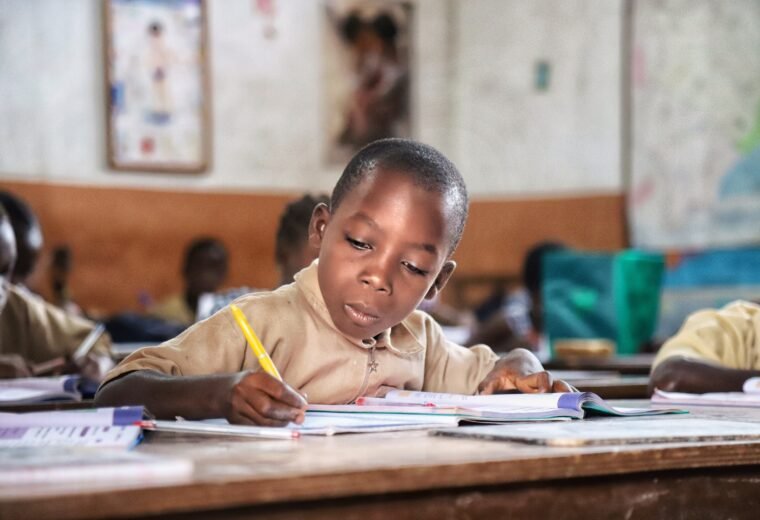NURTURE POSTERITY INTERNATIONAL is impacting peoples lives through devised ways that facilitate the improvement of African health, nutrition and food systems for the benefit of people especially vulnerable groups at the bottom of the pyramid.
Impact the lives of people living in poverty especially children, women and the youth; through devising and implementing new technological advances to achieve the 2030 Agenda on Sustainable Development and the Sustainable Development Goals (SDGs).
Design and implement sustainable solutions that bridge inequitable access to health, nutrition and food so that by 2063, the African continent will be free from poverty, hunger, malnutrition, and non-communicable diseases (i.e., mental health disorders) and climate change crises.
The world is not on track to end poverty by 2030. Despite all multi-sectoral efforts, poverty rates are still very high. More than 1.1 billion of the 6.1 billion people are poor globally. Despite assessing multidimensional poverty based on three dimensions: health, education and living standards, over 534 million poor people (47.8%) live in Sub-Saharan Africa (United Nations Development Programme [GMPI Report], 2023).


Global hunger rates have stagnated between 2020 and 2021. In comparison to 2019, the number of hungry and food insecure people is still very high. Over 600 million poor people live with an undernourished person in the same household (GMPI Report, 2023). More than 3.4 billion people (42%) could not afford a healthy diet in 2021. About 784 million people in Sub-Saharan Africa were moderately or severely food insecure in 2022. The world is far off track to achieve zero hunger by 2030 (FAO, UNICEF, WFP, IFAD, WHO; [SOFI] Report, 2023).

The number of primary school age children out of school in Sub-Saharan Africa increased from 32.51 million in 2010 to 36.27 million by 2019. The trajectory for Sub-Saharan Africa may look stubbornly flat, but the total number of primary school children out-of-school has fallen by 10 million since the late 1990s. More than a half (57%) of the primary school age children were not in schools in Sub-Saharan Africa by 2014. There has been less progress. The world is far off track to achieve the Education for All targets by 2030 (World Development Indicator- World Bank; UNESCO Institute for Statistics, 2022).

Non-communicable diseases (NCDs) kill 41 million people each year, equivalent to 74% of all deaths globally. Each year, 17 million people die from a NCD before age 70; 86% of premature deaths occur in low- and middle-income countries (LMICs). Of all NCD deaths, 77% are in LMICs. NCDs threaten progress towards the 2030 Agenda for Sustainable Development, which includes a target of reducing the probability of death from any of the four main NCDs between ages 30 and 70 years by one third by 2030. (World Health Organization [WHO], 2022).

Climate change is an increasing threat to Africa. Increasing temperatures and sea levels, changing precipitation patterns and more extreme weather are threatening human health and safety, food and water security and socio-economic development in Africa. The African Climate Policy Centre projects that the Gross Domestic Product (GDP) in the five African sub-regions would suffer significant decrease because of a global temperature increase. For scenarios ranging from a 1 °C to a 4 °C increase in global temperatures relative to pre-industrial levels, the continent’s overall GDP is expected to decrease by 2.25% to 12.12% (World Meteorological Organization [WMO], 2022).
Get involved with our work and let us get together to impact the lives of people living in poverty.
Address
P.O.Box 220252 Masaka, Uganda
Telephone
+256 (0) 778136835
info@npi-ssa.org
© 2021 - 2024 NURTURE POSTERITY INTERNATIONAL. All rights reserved.
Adding {{itemName}} to cart
Added {{itemName}} to cart